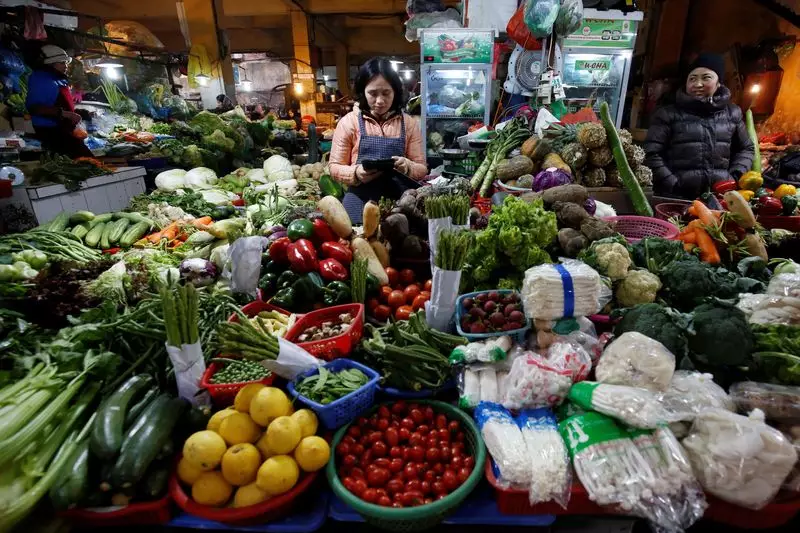Vietnam’s economy experienced a significant acceleration in the second quarter of this year, with gross domestic product expanding by an estimated 6.93% from a year earlier. This growth rate is faster than the 5.87% growth recorded in the first quarter, according to data released by the government’s General Statistics Office (GSO). The country’s economy expanded by 6.42% in the first half of the year, indicating a positive trend in economic performance.
While Vietnam’s economic growth has been robust, rising inflation poses a significant challenge for the Southeast Asian nation. Inflation pressures are on the rise, with consumer prices in June increasing by 4.32% from a year earlier, approaching the government’s inflation target ceiling of 4.5% for the year. The average consumer prices for the first half of the year rose by 4.08% from a year earlier, indicating the persistent inflationary pressures in the economy.
Export Growth and Industrial Production
Vietnam, known for its exports of smartphones, electronics, and garments, experienced a 14.5% increase in exports in the first half of the year, reaching a total value of $190 billion. Additionally, industrial production saw a growth of 10.9% from a year earlier, reflecting the resilience of the manufacturing sector in driving economic activity. These positive trends in exports and industrial production are vital for sustaining economic growth in Vietnam.
Government’s Efforts to Boost Growth
Prime Minister Pham Minh Chinh recently announced that second-quarter GDP growth is expected to surpass the pace set in the first quarter. The government is prioritizing policies that support economic growth to achieve this year’s target of 6.0%-6.5%. Measures such as maintaining a flexible monetary policy, reducing lending interest rates, cutting fees, and increasing public investment are being implemented to stimulate economic activity and support growth.
The International Monetary Fund (IMF) anticipates Vietnam’s economic growth to be close to 6% for the year, driven by strong external demand, resilient foreign investment, and accommodative policies. However, the IMF has also highlighted the high downside risks, particularly in relation to inflation. Exchange rate pressures could lead to higher domestic inflation, given the current easy monetary conditions. It is crucial for the government to monitor price movements closely and adjust prices in key sectors to minimize the impact on inflation.
Despite the positive economic growth and export performance, Vietnam faces challenges in managing inflation and achieving sustainable growth. The government’s efforts to support economic activity through policy measures are commendable, but vigilance is required to address inflation pressures effectively. As the country navigates through uncertainties in the global economy, collaboration and concerted efforts from all stakeholders will be essential in achieving the economic growth targets and ensuring stability in Vietnam’s economy.


Leave a Reply